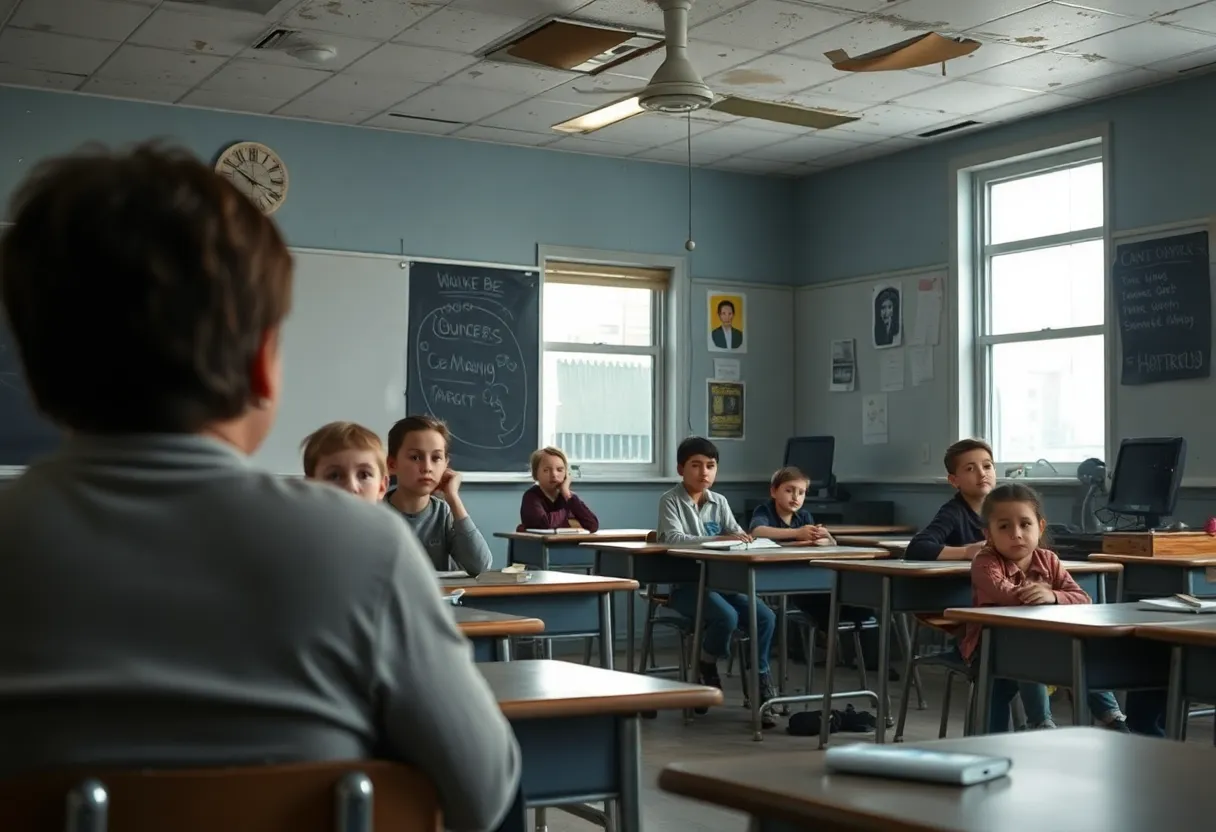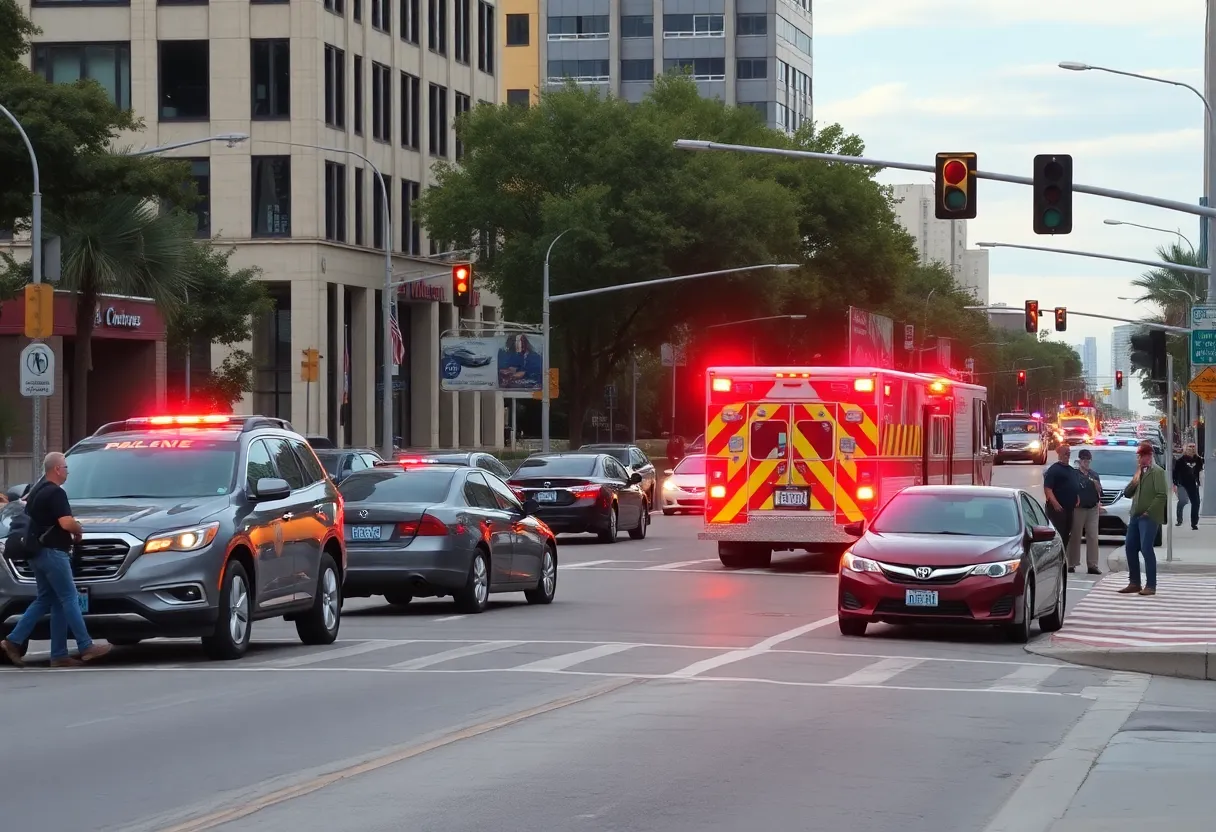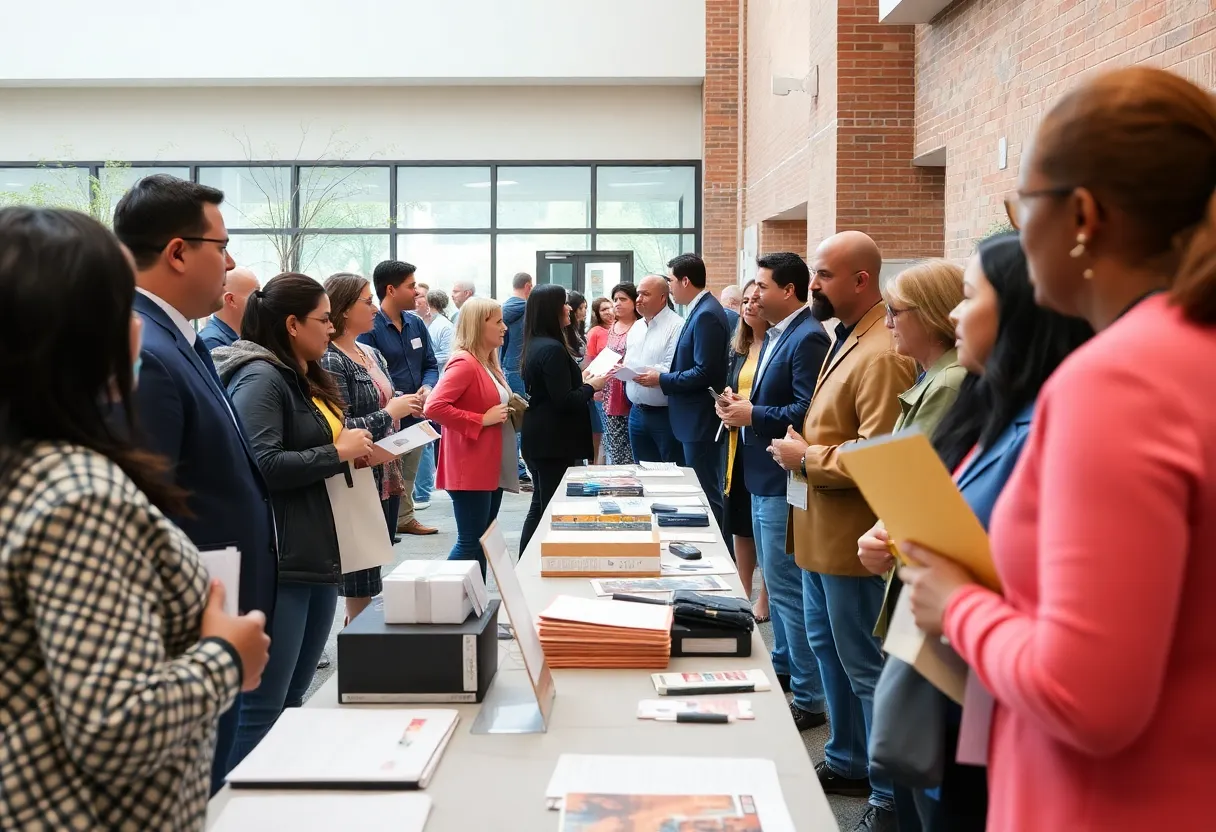Oklahoma City, October 20, 2025
A recent analysis highlights the failures of Oklahoma’s education system, particularly in Oklahoma City, indicating that current reforms are insufficient. Chronic underfunding and teacher shortages are causing significant declines in student achievement. Education experts call for a unified plan that focuses on equitable resource allocation and innovative teaching to address these pressing challenges and improve educational outcomes for all students.
Oklahoma City School News: Urgent Call for Comprehensive Education Reforms
Oklahoma City – A new analysis published on October 20, 2025, has spotlighted the shortcomings of Oklahoma’s education system, declaring that patchwork reforms have ultimately failed to improve public schools. This report, centered on challenges in Oklahoma City schools, demands a unified, statewide plan to combat persistent underfunding, teacher shortages, and falling student achievement levels. Education experts emphasize the need for immediate action to ensure equitable resources and modern teaching approaches, as the state’s schools continue to lag behind national benchmarks.
The report details how sporadic policy changes over recent years have not addressed core issues plaguing the education landscape. Chronic underfunding remains a top concern, with Oklahoma’s per-pupil spending trailing many neighboring states. This financial strain has led to outdated facilities, limited access to technology, and overburdened staff in districts like Oklahoma City Public Schools. Meanwhile, teacher shortages are worsening, as low salaries and demanding workloads drive educators away from the profession. As a result, class sizes have ballooned, and specialized subjects like STEM and arts are often sidelined due to insufficient staffing.
Student performance has also suffered, with test scores in reading and math showing declining trends over the past several years. In Oklahoma City, where diverse student populations face additional socioeconomic hurdles, these drops are particularly stark. The analysis points to a lack of innovative curricula as a key factor, noting that many schools still rely on outdated materials that fail to engage modern learners or prepare them for future careers. State leaders are now urged to develop a comprehensive plan that prioritizes long-term funding commitments and teacher support programs to reverse this stagnation.
Key Challenges Highlighted in the Report
Underfunding is not just a numbers game; it directly impacts daily school operations. For instance, maintenance backlogs in Oklahoma City schools have left some buildings in disrepair, creating unsafe learning environments. Teachers, many of whom earn below the national average, report high burnout rates, contributing to an exodus from public education. The report calculates that Oklahoma could close its funding gap by reallocating existing budget priorities, but political hurdles have delayed progress.
Declining student performance is another alarm bell. Statewide assessments reveal that only a fraction of Oklahoma City students meet proficiency standards in core subjects. This trend, which started accelerating post-pandemic, underscores the urgency for targeted interventions. The analysis suggests that without equitable resource allocation—such as increased funding for low-income districts—these disparities will widen, affecting generations of learners.
Proposed Solutions for Systemic Change
To tackle these issues, the report advocates for a holistic strategy. Equitable resource distribution would ensure that schools in underserved areas, including much of Oklahoma City, receive proportional support based on student needs. This could involve weighted funding formulas that account for poverty levels, English language learners, and special education requirements.
Innovative curricula form the next pillar of the proposed plan. Schools would benefit from updated programs that incorporate digital tools, real-world projects, and flexible learning models. Pilot initiatives in select Oklahoma City districts have shown promise, with early adoption leading to improved engagement and test scores. Additionally, recruiting and retaining teachers through incentives like loan forgiveness and professional development could alleviate shortages, fostering a more stable workforce.
Implementing this plan would require collaboration among state officials, local districts, and community stakeholders. The report estimates that sustained investment over the next five years could yield measurable gains, potentially lifting Oklahoma’s rankings in national education metrics. In Oklahoma City, where schools serve over 50,000 students, such changes could transform educational outcomes and open doors for economic growth.
Broader Context of Oklahoma’s Education Struggles
Oklahoma’s public education system has faced scrutiny for over a decade, marked by teacher walkouts in 2018 and ongoing budget battles. While some reforms, like increased funding in 2019, provided temporary relief, they lacked the depth needed for lasting impact. The current analysis builds on this history, arguing that fragmented efforts have only masked deeper problems rather than solving them.
In Oklahoma City, these statewide issues manifest locally through crowded classrooms and extracurricular cuts. Parents and educators alike have voiced concerns about the ripple effects on child development and community vitality. The call for a comprehensive approach signals a potential turning point, urging policymakers to move beyond short-term fixes toward sustainable reforms.
As discussions gain momentum, the focus remains on actionable steps to support Oklahoma’s students and educators. With the report’s release marking a critical moment, attention now turns to how state leaders will respond to these pressing challenges.
(Word count: 728)
FAQ
What does the report say about Oklahoma’s education reforms?
The report states that patchwork reforms have failed to improve public schools in Oklahoma.
When was the analysis published?
The analysis was published on October 20, 2025.
What are the main challenges facing Oklahoma City schools?
The main challenges are chronic underfunding, teacher shortages, and declining student performance.
What solutions does the report propose?
The report proposes a comprehensive plan that prioritizes equitable resource allocation and innovative curricula.
Why is state leadership involvement important?
State leaders are urged to address years of stagnation in Oklahoma’s education system.
Key Features of Oklahoma Education Challenges
| Feature | Description |
|---|---|
| Patchwork Reforms | Failed approach to improving public schools |
| Chronic Underfunding | Leads to outdated facilities and limited resources |
| Teacher Shortages | Results in larger class sizes and reduced program offerings |
| Declining Student Performance | Seen in falling test scores in Oklahoma City schools |
| Proposed Plan | Comprehensive strategy with equitable allocation and innovative curricula |
Deeper Dive: News & Info About This Topic
HERE Resources
OU Feature Twirler Samantha Rizzo Wins Gold at World Championships
Turning Point USA Event at University of Oklahoma Sparks Debates
Oklahoma City Celebrates Día de los Muertos with Cultural Performance
Shooting Incident at Oklahoma State University
Oklahoma City Hosts Significant ‘No Kings’ Protests
Oklahoma Tourism Board Launches Campaign to Promote Native American Heritage
Devon Energy Announces Major Fracking Expansion in Anadarko Basin
Tragedy at Southwestern Oklahoma State University
Oklahoma City Powerball Drawing Leaves Jackpot Unclaimed
Thousands Join ‘No Kings’ Protest Against Trump Administration in Oklahoma City





